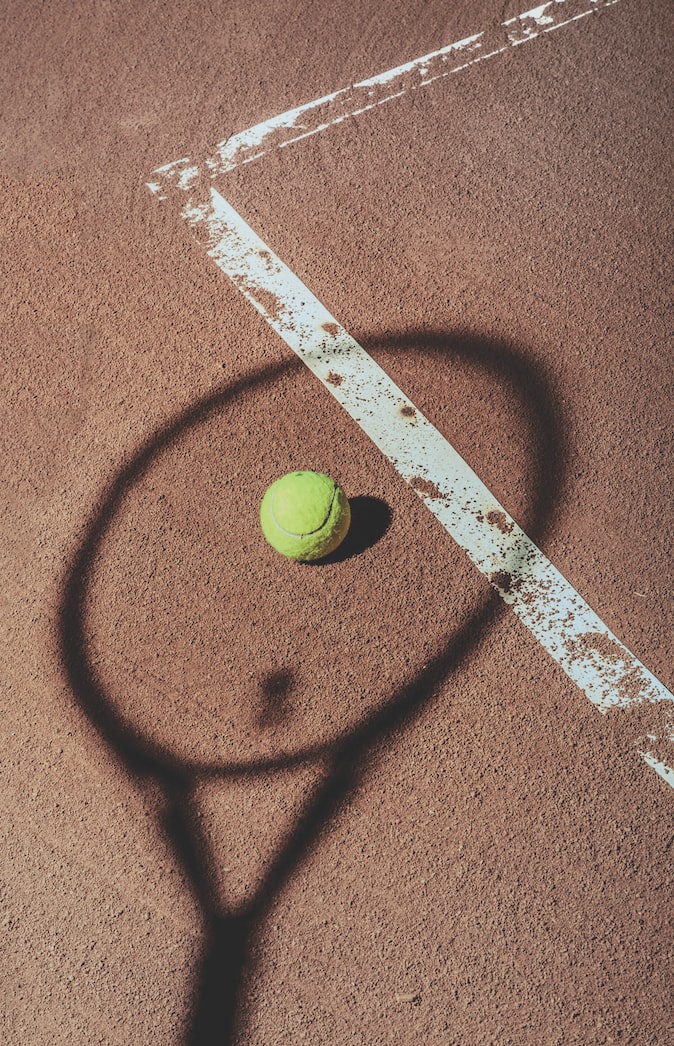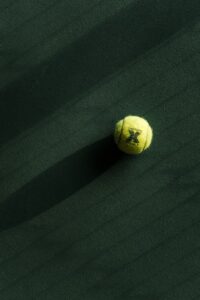The Ultimate Guide to Padel Ball Comparison
2 min read
The Ultimate Guide to Padel Ball Comparison
As an avid Padel player, I know how important it is to use the right ball for the game. Selecting the right ball can make a significant difference in your performance, and that’s why I’ve created this ultimate guide to Padel ball comparison.
Padel balls come in different sizes, colors, textures, and materials. Let’s explore each of these aspects and find out how to select the right ball for your game.
Size Comparison
There are three sizes of Padel balls – Regular, Midsize, and Oversize. The regular-sized ball is 6.35 cm in diameter and weighs around 56 grams. The midsize ball is slightly bigger at 6.7 cm in diameter and weighs around 65 grams. The Oversize ball is the biggest of the three, measuring 7.1 cm in diameter and weighing approximately 68 grams.
If you’re a beginner or a junior player, regular balls are recommended as they are slower in the air, thus making it easy to control it. Advanced players, however, use midsize balls for their games as it is slightly harder than regular balls. Oversize balls are not recommended for professional players since they are considered too light to be played with.
Color Comparison
Believe it or not, Padel balls come in different colors. The most common colors are yellow, orange, and green. Yellow balls are the standard color, while orange and green are the novelties. There’s no significant difference between the colors except for visibility on different court surfaces. Yellow balls are easier to spot, while green balls blend in with the grass.
Texture Comparison
When it comes to texture, Padel balls are either pressurized or unpressurized. Pressurized balls are the ones that bounce higher and are used in professional-level games. They have an inner bladder that expands with air, making it more bouncy. Unpressurized balls, on the other hand, are softer and have less bounce, making it ideal for beginners.
Material Comparison
The most common materials of a Padel ball are rubber and felt. The outer surface of the ball is covered with felt, while the rubber is used to make the inner bladder. Felt-covered balls are soft and give more grip, making it easier to control. Rubber-covered balls, however, are more durable and last longer, making it ideal for competitive players.
Conclusion
So, there you have it, the ultimate guide to Padel ball comparison. A perfect Padel ball is the one that suits your playing style and level. If you’re a beginner, choose regular, unpressurized, and felt-covered balls. On the other hand, professionals should opt for midsize or pressurized, and rubber-covered balls.
Remember, selecting the right ball is crucial to ensure an exciting and engaging game. So, choose wisely, get your paddles ready, and hit the court!






